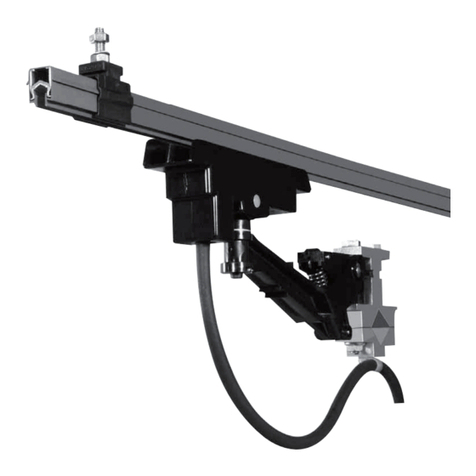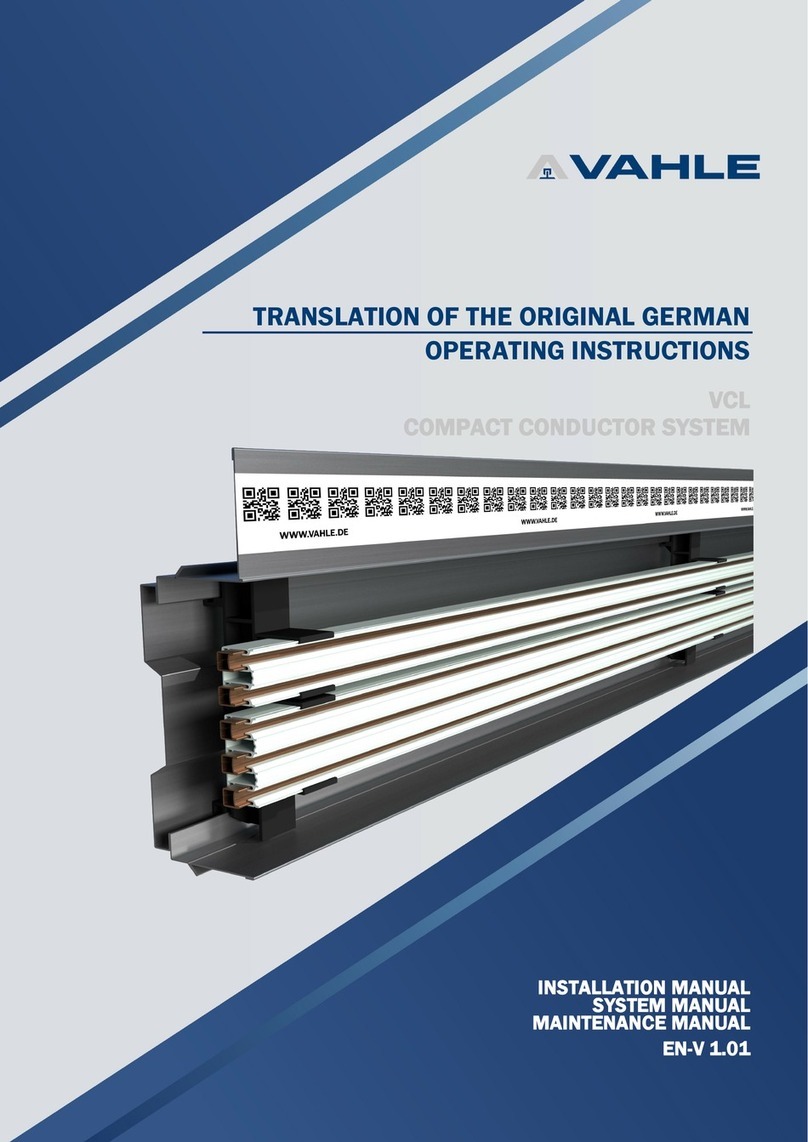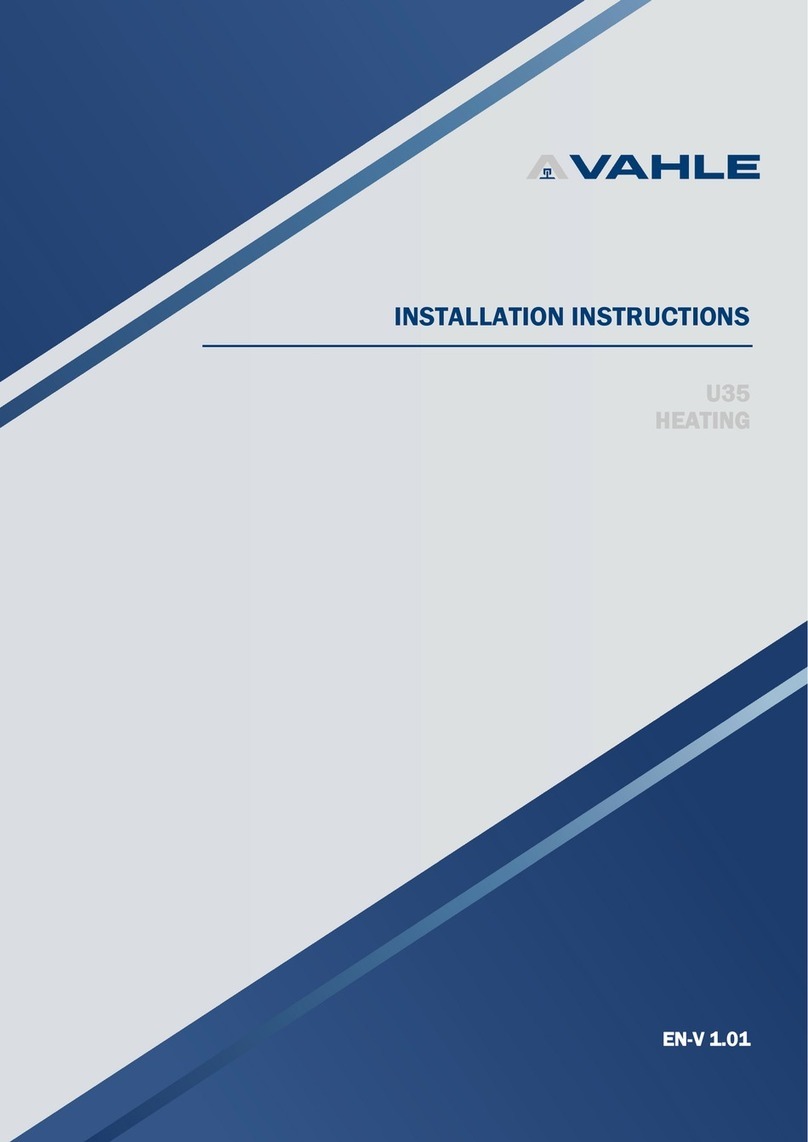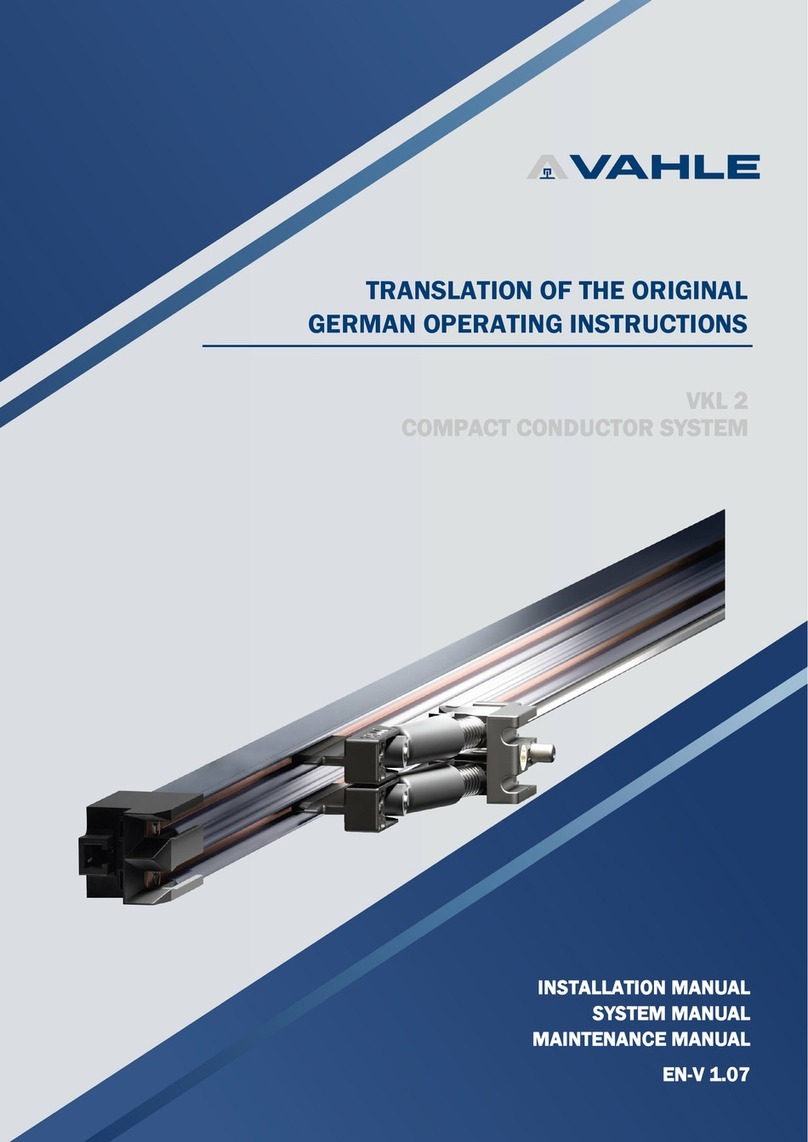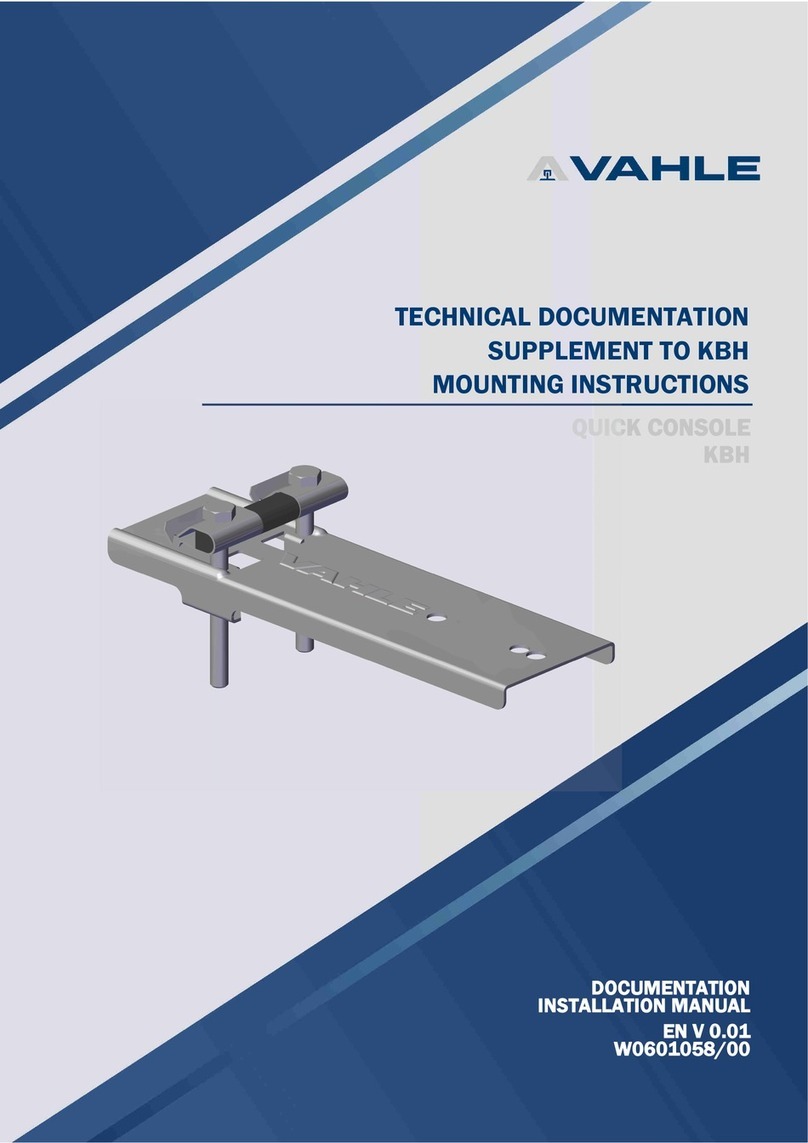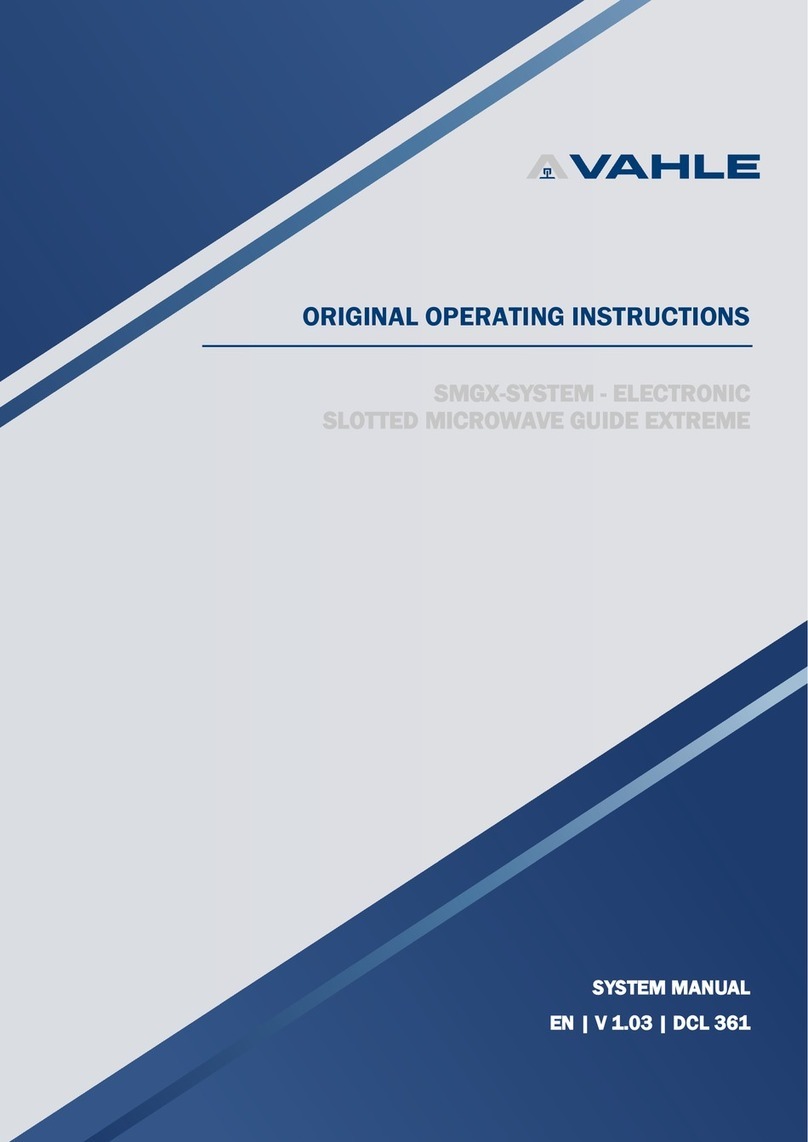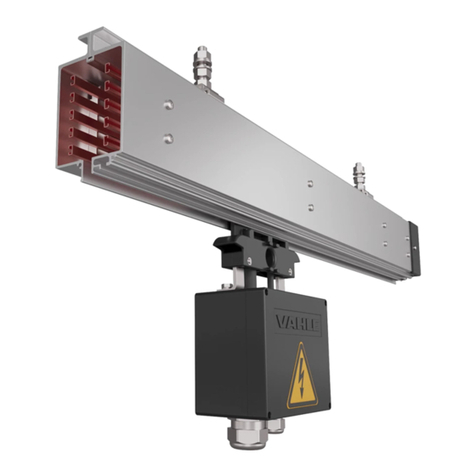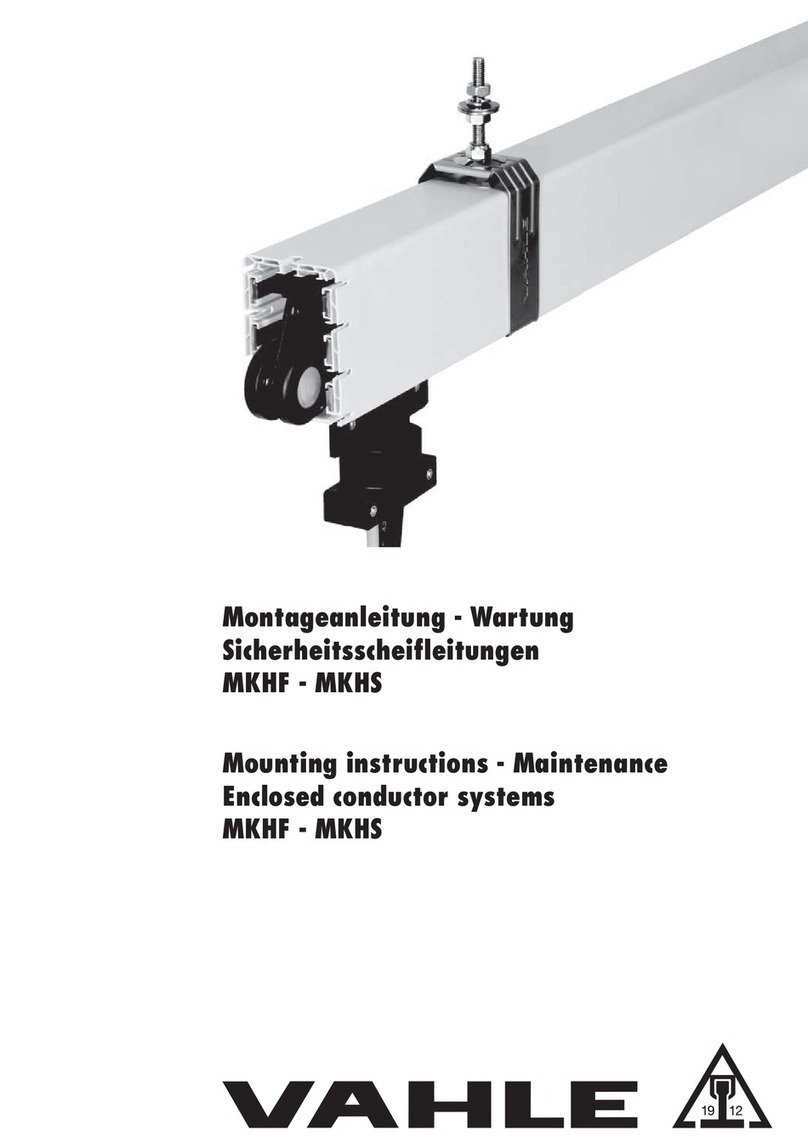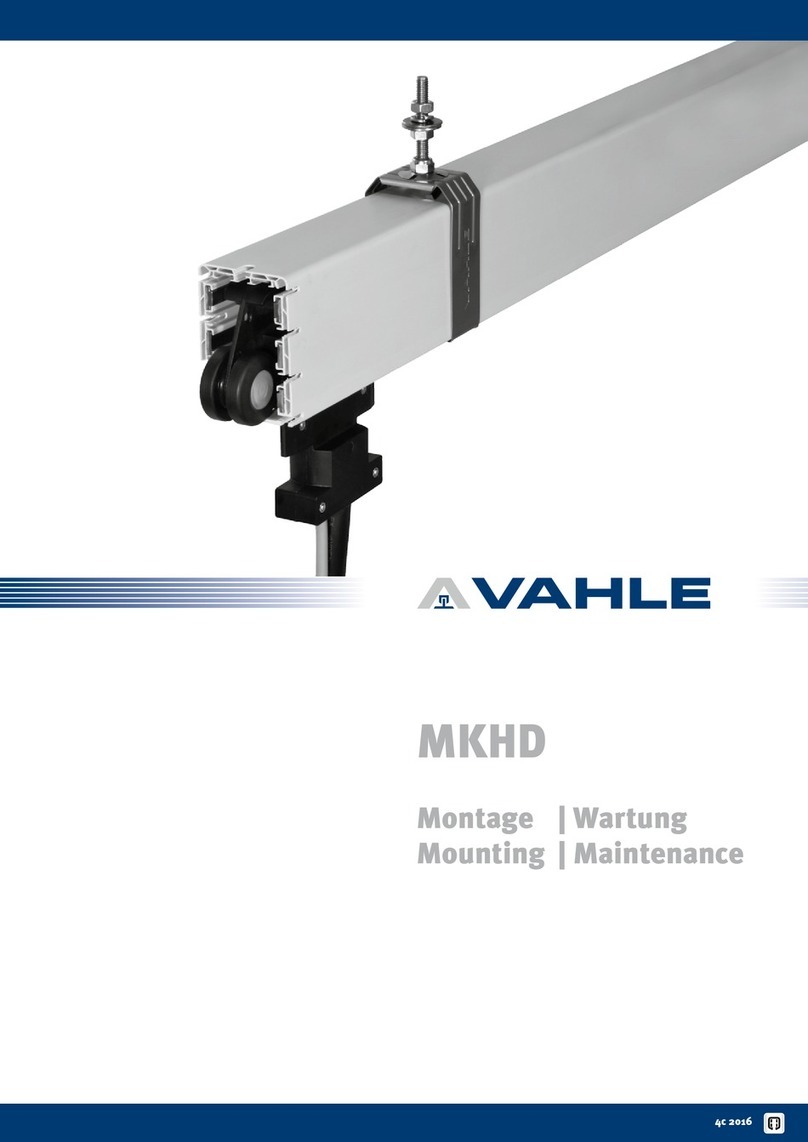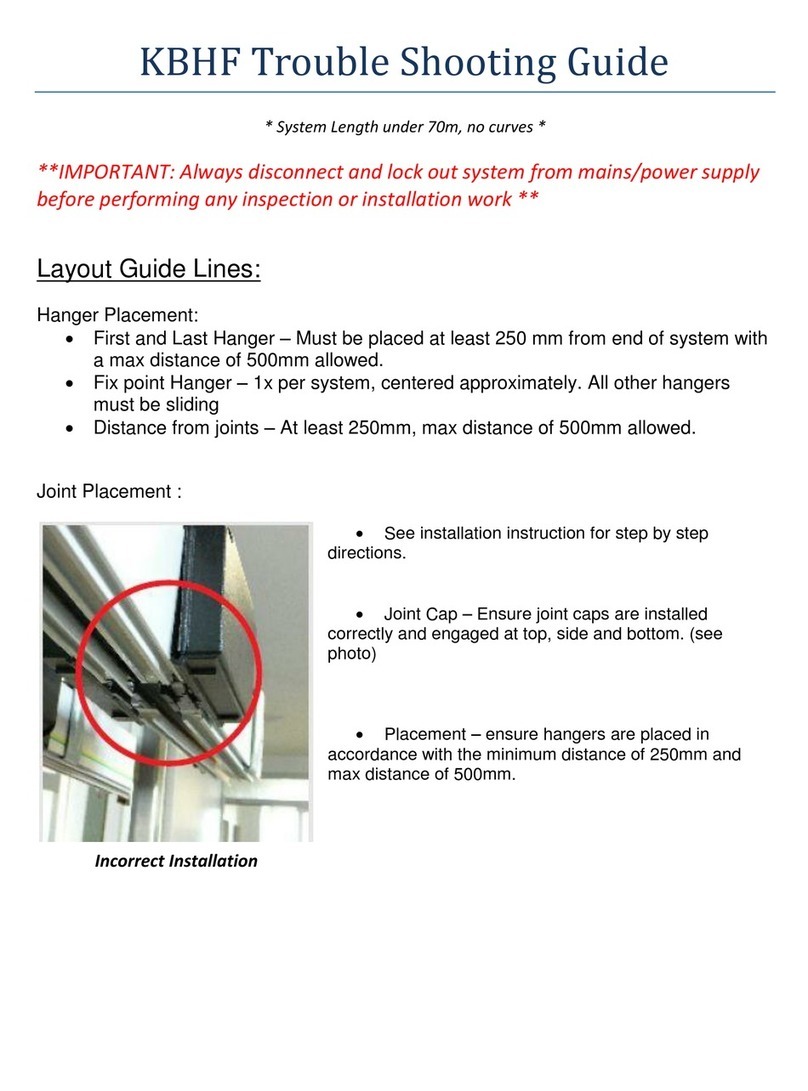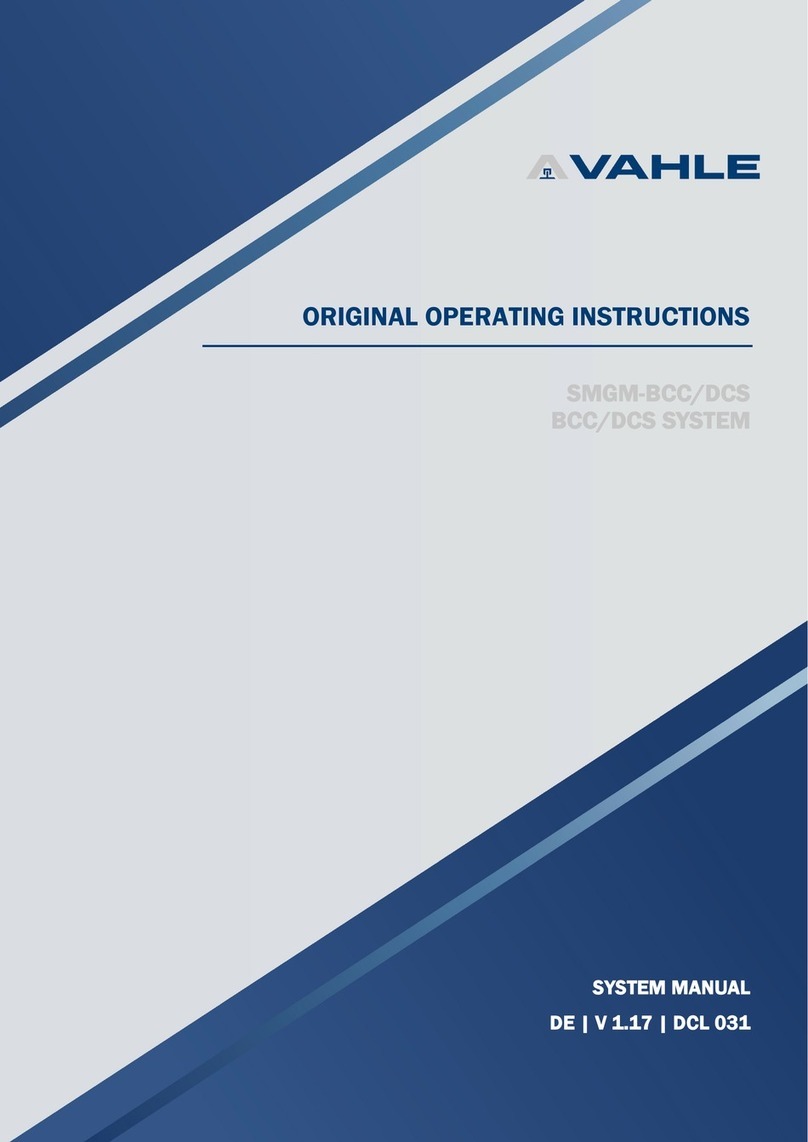
V
VK
KS
S1
10
0
7
Montageanleitung O Mounting instructions
4Setzen Sie nun das nächste Teilstück
ebenfalls von vorne in die Aufhän-
gung und rasten es ein.
4Schieben Sie die beiden Teilstücke
zusammen, bis die Steckverbinder
einfädeln. Decken Sie hierzu das freie
Ende der Schleifleitung mit einem
Schlagschutz ab und treiben Sie die
Teilstücke durch Hammerschläge auf
das Einstellmaß „A“ (Tabelle T2)
zusammen (G7).
HUm eine einfache Montage zu
erreichen, kann bei Einsatz im
HRL Tragprofil ein Montage-
werkzeug für den Verbinder-
stoß eingesetzt werden.
4Schieben Sie den Kunststoffklotz
über die Kupferenden. Setzen Sie
dann das Montagewerkzeug in die
Langlöcher des HRL-Tragprofils ein
und schieben Sie dieses Teilstück
gegen das andere Teilstück (G8).
4Richten Sie die Verbinderkappe mit
dem Montagehilfswerkzeug, welches
die Kappe einwandfrei über den Stoß
setzt, optimal aus (G9).
HAchten Sie bitte auf einwand-
freies Einfädeln der Steck-
verbinder.
HDie Einstellmaße nach Tabelle
T2 müssen nur dann genau
eingehalten werden, wenn der
für die Schleifleitung max.
Temperaturbereich (-10 °C bis
+ 40 °C) zu erwarten ist.
Bei geringeren Temperaturdif-
ferenzen (Dt < 20 °C) kann zur
Vereinfachung der Montage
die Schleifleitung so zusam-
mengeschoben werden, dass
ein geschlossener Kupferstoß
entsteht. Der Luftspalt an den
Isoliergehäusen stellt sich
dabei selbständig ein.
4Montieren Sie die nachfolgenden Teil-
stücke auf die gleiche Art.
HDer lichte Abstand der Aufhän-
geklammern zu den Verbinder-
kappen, Einspeisungen usw.
muss mindestens 50 mm be-
tragen, um die Ausdehnung
nicht zu behindern.
Tabelle T2 / Table T2
4Now place the adjoining section from
the front into the hanger and lock it in
there.
4Push the two conductor sections to-
gether. Cover the free end of the con-
ductor section with a wooden block
and drive the sections together with a
hammer until dimension "A" as per
table (T2 and G7) is reached.
HThe mounting tool facilitates
the installation of support pro-
file joints.
4Push plastic block on copper ends.
Place mounting tool in slotted holes
of the support profile and push the
section against the other (G8).
Align the joint cap with an angiliary
tool that places the cap perfectly over
the joint (G9).
HEnsure that the connectors are
mating in correctly.
HThe adjustment dimensions ac-
cording to Table T2 must only
be observed precisely if the
max.
temperature range (-10 °C
to
+ 40 °C) stipulated for the con-
ductor rail is to be expected.
In the case of lower tempera-
ture differences (Dt <20 °C),
in order to simplify installation,
the copper conductors can be
pushed together such that a
closed copper joint is created.
The air gap on the insulating
housings adjusts itself auto-
matically.
4Install the subsequent sections in the
same way.
HThe distance between hangers
and the connector caps, feed
terminals etc. must be at least
50 mm so as not to obstruct
expansion.
G7
Montagetemperatur in °C
Mounting temperature in °C -10 0 10 20 30 40
Luftspalt „A“ in mm
Air gap ,,A“ in mm 5 4 3 2 1 0
G8
G9
